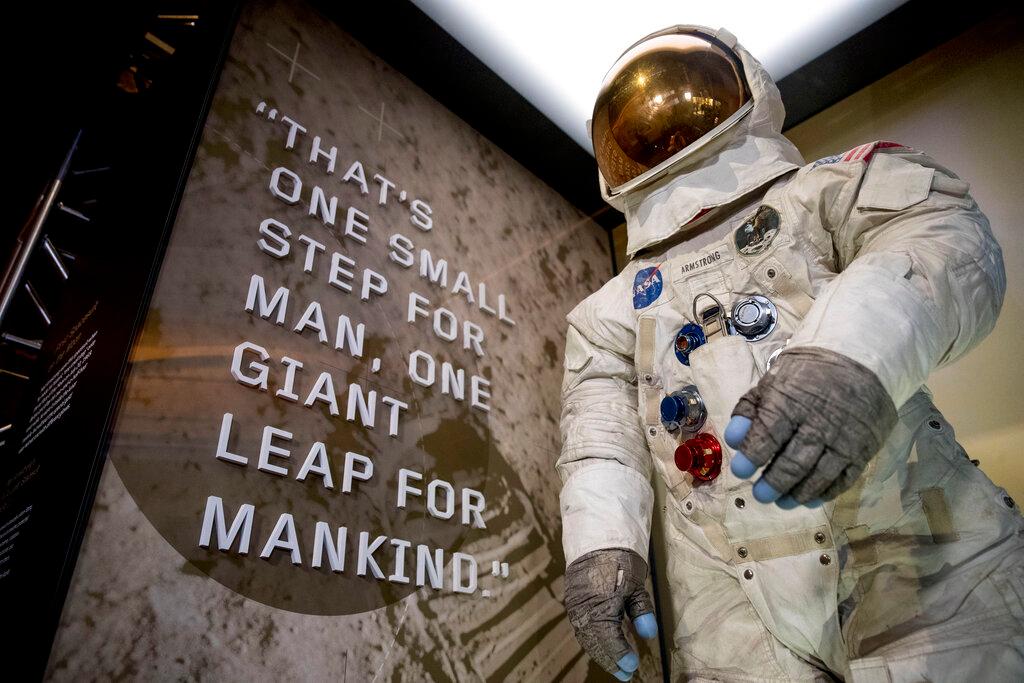Commentary
As a kid in the sixties, my heroes were astronauts. On June 20, 1969, I struggled to stay awake to watch Neil Armstrong’s moon walk. I built and launched model rockets. I had a Major Matt Mason action figure space station. My favorite movie was “2001: A Space Odyssey.” My favorite TV show was “Star Trek.” My favorite author was science and science fiction writer Arthur C. Clarke. I collected autographed pictures of astronauts. You get the idea.





